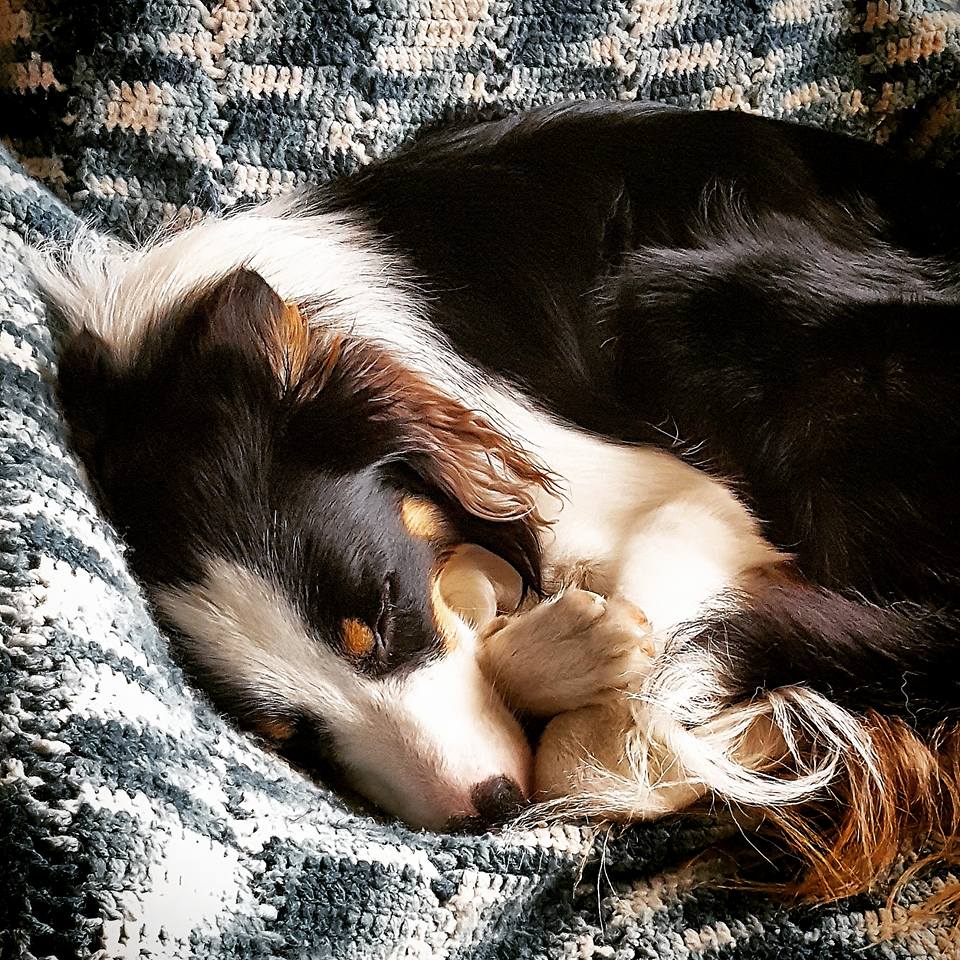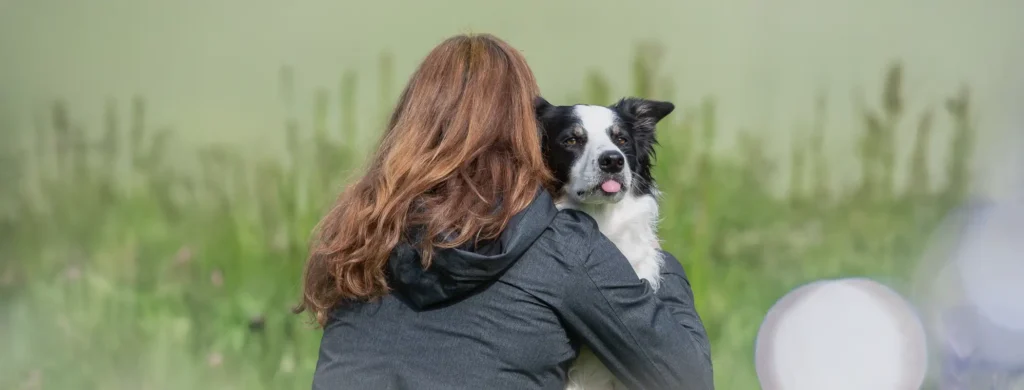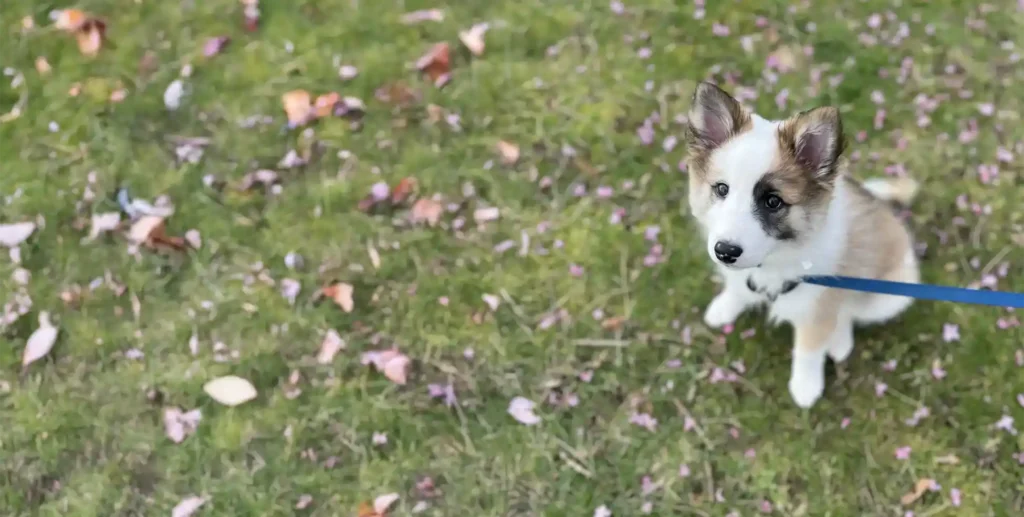Teaching our urban dog to truly relax is an essential part of good canine care. Relaxation is a life skill with endless applications to a variety of environments and situations and improves our dog’s quality of life as it relieves stress and cultivates a thinking brain (especially for adolescent dogs).
Think of it as good mental health training. Active meditation for dogs!
In the 1990s Dr Karen Overall developed her famous Relaxation Protocol as part of her behavioural modification program for both dogs and cats. Apart from teaching our dog to simply go to her mat, the exercises extend beyond the physical. They teach the dog to MENTALLY relax.
The original protocol is a bit unwieldy in the steps Dr. Overall lays out. Following a 15 day format, the trainer completes a number of basic tasks and reinforces their dog after the completion of each task for remaining on the mat. Tasks can include standing still for a period of time, walking through entrance ways, sitting, jogging, clapping, stepping out of sight, ringing the doorbell, etc. Each day the tasks get more challenging for the dog. With the number of days and the number of tasks, the protocol is quite daunting for some people. I was one of those, and could not muster the commitment to follow Dr Overall’s protocol.
Fortunately we now have a modified version I recommend frequently to my students. I have used this version with my own dog Killy as part of his early puppy training and to help him settle, as he struggled with sudden environmental contrasts. Developed by one of my favourite behaviourists Julia Morton CDBC, her Practical Relaxation Protocol is concise, and user friendly. Because of this, student compliance is higher and thus – success! I have many clients who love this protocol and use it as part of the work we do together.
Who does well with this protocol? Well…apart from all dogs, think specifically:
- dogs with high frustration tendencies
- high energy dogs (like mine!)
- pushy dogs (like the northern rescue dogs, who I see a lot of as clients)
- dogs struggling with separation anxiety
- reactive dogs (again, a good number of my clientele).
- excited greeters
This protocol can help dogs relax in stressed environments. Dog sport competitions; veterinary visits; public spaces like outdoor patios and pubs; and parks while watching children/adults play sports are just a few examples of situations where relaxing is so beneficial. In many cases, the dog’s ability to relax will allow her to be included in more human social activities. Who doesn’t want to bring their dog along wherever possible? For people with service or therapy dogs, again, relaxation is an essential part of their training!
What other skills does a relaxation protocol teach? Besides teaching your dog to relax, it teaches your dog to attend to you for cues about the appropriateness of her behavior and what is about to come next. This is important information for her! It teaches her to defer to you in any environment and to enjoy earning a “salary” for her desirable behavior. You can see the relaxation protocol as a foundation for all future training. It creates a pattern of calm, relaxed behaviors that will teach her to cooperate with possible behavior modification (generally desensitization and counterconditioning), should that be needed down the road.
I speak for the masses but I believe we dog people want to have the ability to present any situation to our dog and have her take it in stride. This protocol takes just minutes a day which is a bonus for me, as I am not a fan of endless stationing for our dogs. Dogs are energy beings. They love to move. Relaxation training need not consume a bulk of the day. Sleeping should – but that is another topic for another day!
You can access the Practical Relaxation Protocol HERE.



